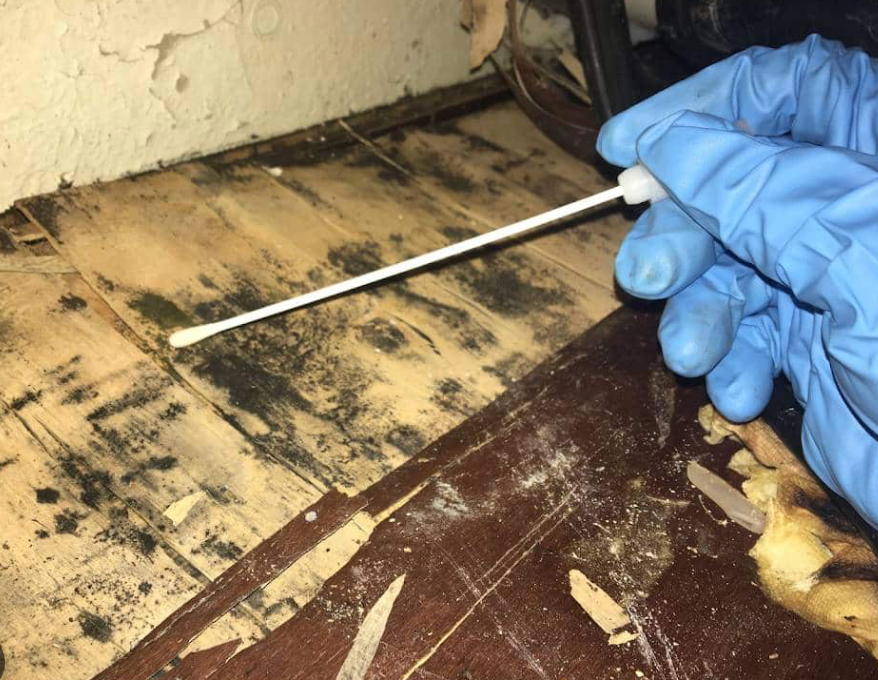Clemson Mold Testing & Inspection
Clemson Mold Testing
Mold is one of the many issues that homeowners in Clemson, South Carolina can come across. But, unlike other types of home problems, mold can actually cause real health issues and lower the value of your property. That’s why it’s important to get rid of it as soon as possible.
However, you can’t do that without knowing what mold looks like. Since fungi come in all shapes and sizes, sometimes you might confuse them for mildew or yeast. So let’s take a deeper look at mold and figure out what makes it unique and how to recognize it in Clemson, South Carolina.
What Is Mold?
Generally speaking, mold is a fungus that develops in multicellular structures called hyphae. Those structures grow and eventually multiply into visible colonies, which experts consider separate living organisms. Similar fungi that you can come across include mildew, mushrooms, and yeast.
Mold plays a vital role in nature. More specifically, it speeds up the natural decomposition process by breaking down organic matter like wood, plant debris, and leaves. However, when infesting a home, mold can cause respiratory problems. This is mostly the case for people who are already suffering from asthma or similar health issues.
How to recognize mold in Clemson, South Carolina
If you are a homeowner, you might already know what mold looks like. But if you don’t, there are a few ways you can easily recognize it:
Color
You might be familiar with green and white molds, as those are commonly found on spoiled food. Or, if you’ve dealt with infestations, you surely have seen the infamous black mold that every expert talks about. But mold can also be gray, tan, brown, red, blue, yellow, or any other color combination. In other words, mold comes in a rainbow of colors, with some being more dangerous than others.
Texture
Similar to its color, the mold’s textures vary greatly. Some appear soft and velvety, while others are fluffy, grainy, slimy, or spongy. For example, black mold looks like someone spray-painted the wall with leopard-like spots that get bigger as the fungus grows. So don’t assume that a fungus is not mold just because it doesn’t feature the traditional fuzzy texture.
Smell
Usually, people assume that mold has a musty, lingering, and extremely pungent odor. Yet, for some, mold features an earthy, meaty smell or an odor that resembles wet carpeting or rotten wood. As a result, it’s clear that mold can have all sorts of odors, depending on its environment.
But why does it smell so bad? That’s because mold emits MVOCs or microbial volatile organic compounds. These gasses are released throughout the mold’s growth cycle. And while they are usually harmless, some of these chemicals can cause health problems for humans and animals alike.
Get rid of the mold today!
Unfortunately, mold infestations are very common. But, as long as mold hasn’t taken over more than 10 square feet of a room, you can handle it yourself by using special cleaning substances or DIY methods like vinegar and baking soda. However, if the infestation is much more serious, you’ll need to rely on a professional mold remediation company.
Here at Carolina Mold Testing - we use cutting-edge equipment to locate mold problems, regardless of their size and severity. That way, you won’t have to deal with the dangers of getting in contact with mold.
Keep in mind that mold tends to grow rapidly. Thus, make sure to contact us as soon as you notice the first signs of a mold problem, so you can breathe easier knowing that your home is in good hands.
Call us today to set up your mold testing appointment - 864-334-6922
Helpful Links:
You might also like
Copyright 2024



